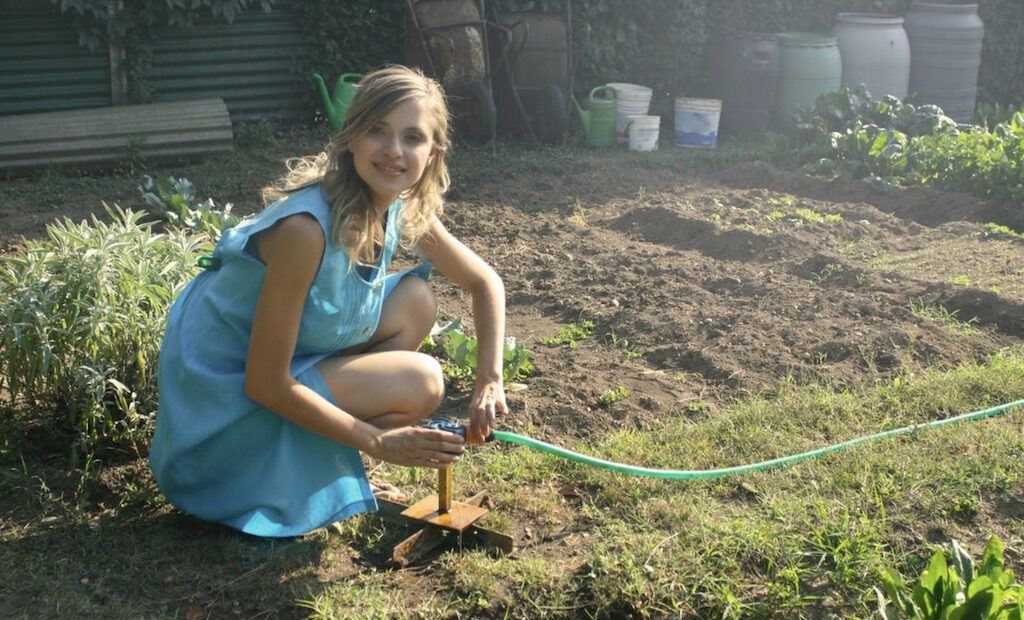Tips for dealing with garden waste

When the sun is shining and the motivation is flowing, many of us head outside to complete long overdue garden improvements. From simple lawn care to complete landscaping and garden clearance projects, it is inevitable that garden waste will need to be disposed of. But is there a best way to deal with garden waste and where to take it? Fletchers Waste Management have put together some top tips to follow during the next garden project.
Grass clippings
Once the grass is cut, depending on how much there is, the clippings can be put into the green waste container provided by the local collection company. This will be a separate bin and grass clippings should not be put into normal waste bins.
If there’s no green waste bin or simply want to reuse the cuttings naturally, they can always be reused by spreading across the lawn. Doing this will help to maintain the moisture in the soil and add nutrients to the grass. As well as this, cuttings can be a great addition to garden compost heaps.
It is best to aim for around 50% soft green materials, this includes grass clippings, vegetables waste and manure. The remaining 50% should be brown materials like wood chippings, paper, and dead leaves.
If there is too much to dispose of, research where the local tip is to see if they will accept grass clippings. There may be special requirements to follow, so it is best to do the research to avoid a wasted journey.
Wood and timber
It’s not possible to put wood and timber into the household recycling bin; however, check with the local council, there may be a recycling centre nearby that will help dispose of it.
As well as this, there are many local waste management companies such as Fletchers Waste Management, who also offer skip hire in Sheffield, who will allow to dispose of timber to them. The timber can then be shredded down on-site, recycled, and reused for procuring biomass for renewable energy.
What can go in the council garden waste bins
- Flowers, plants, and leaves
- Pruned branches and twigs
- Weeds and grass cuttings
- Grass cuttings
What cannot go in the council garden waste bins
- Planks of wood/large branches
- Cat litter and pet waste
- Food
- Soil or compost
Always use the local council website to double-check what waste they will collect, not every area will offer the same collection services.
Fence paint
We have all been there when there’s some paint left over, but it is not enough to keep or give away, but that doesn’t mean it can be poured in the sink or drains! Just like other liquid wastes, paint cannot be put into landfill as they are banned.
The leftover paint will have to be hardened before it can be properly disposed of at a Household Waste Recycling Centre. To do this, it’s possible to add paint hardener or sawdust before leaving the lid off. Wait for the paint to become solid and pierce the centre to check it has fully hardened all the way through.
Upcycle
Is there an old, rusting wheelbarrow hiding in the shadows of the garden shed? Why not give it a new lease of life and turn it into a wheelbarrow planter, the perfect garden feature. To evoke the perfect chic country garden and to get the most out of a new planter, make sure to research flowers that will grow tall and have long-lasting colours.
By drilling holes into the bottom of the wheelbarrow, it will create the perfect drainage for a planter. Then, simply fill with soil and select a spot. If there’s any shredded bark in the garden waste, add it to the wheelbarrow surrounding the plants to aid in weed suppression.
The same can be done if it’s time to upgrade the wellington boots, which can look very cute lined up outside the backdoor.
The editorial unit























Facebook
Twitter
Instagram
YouTube
RSS